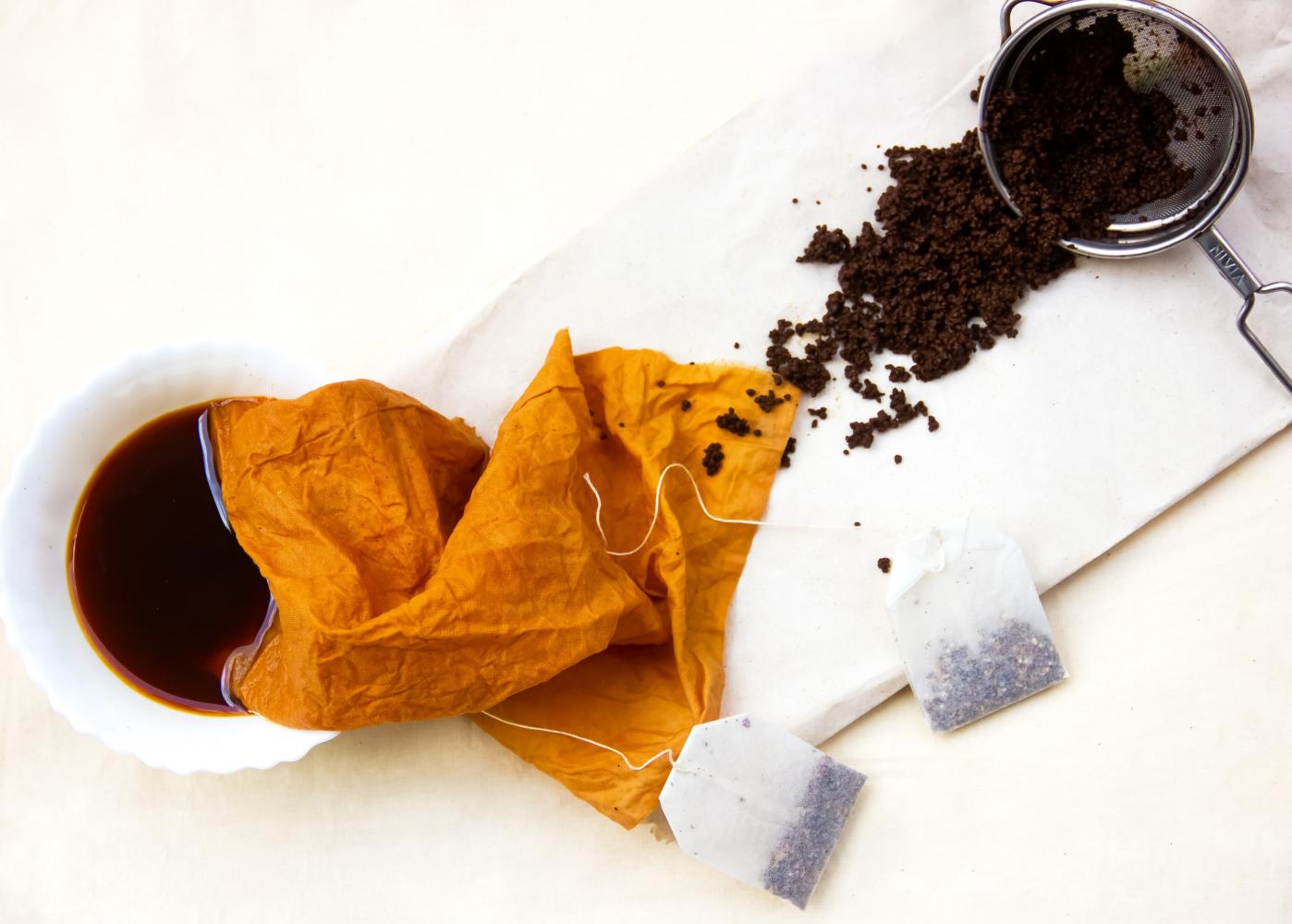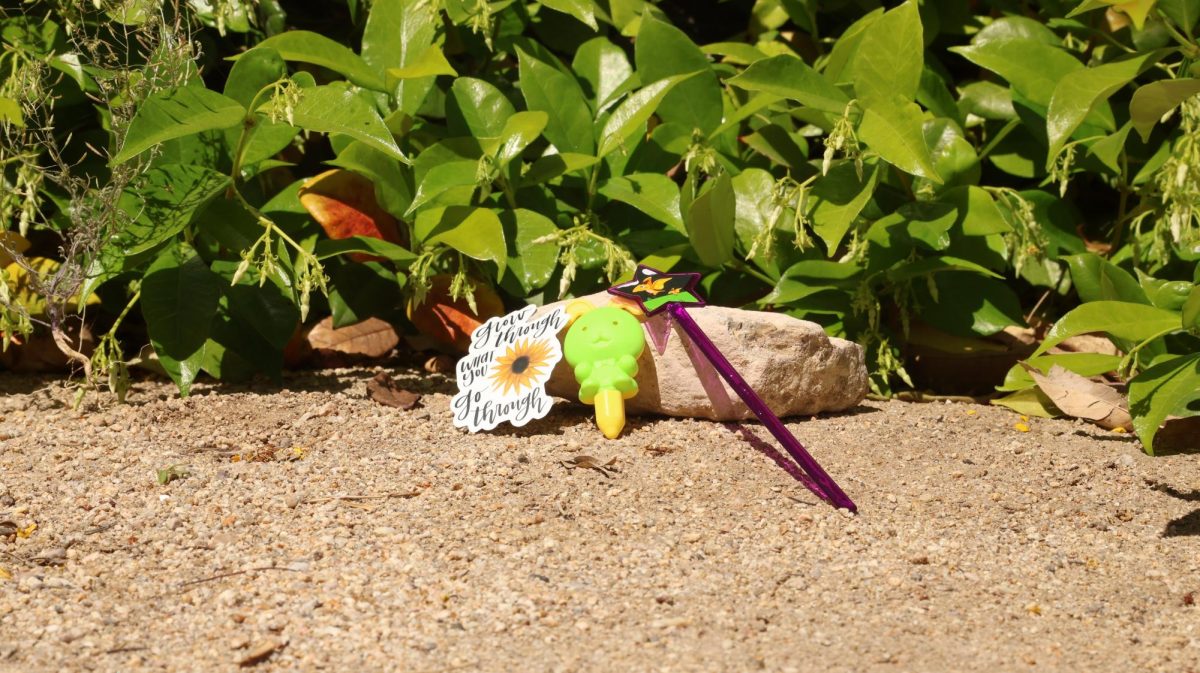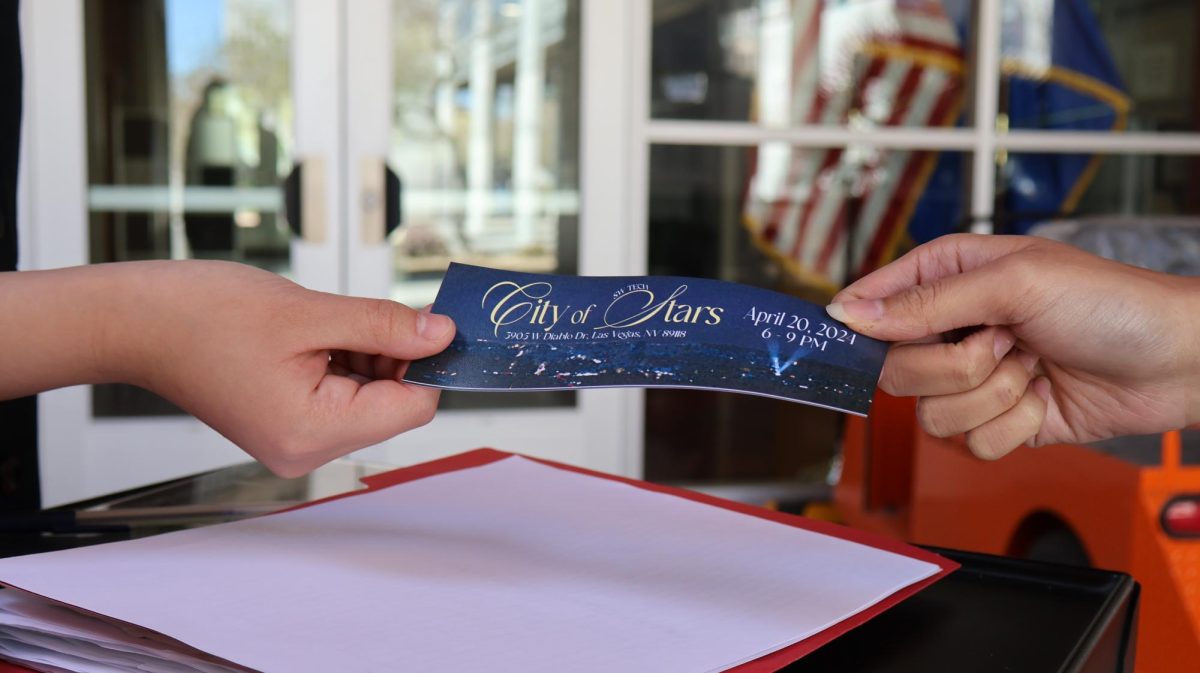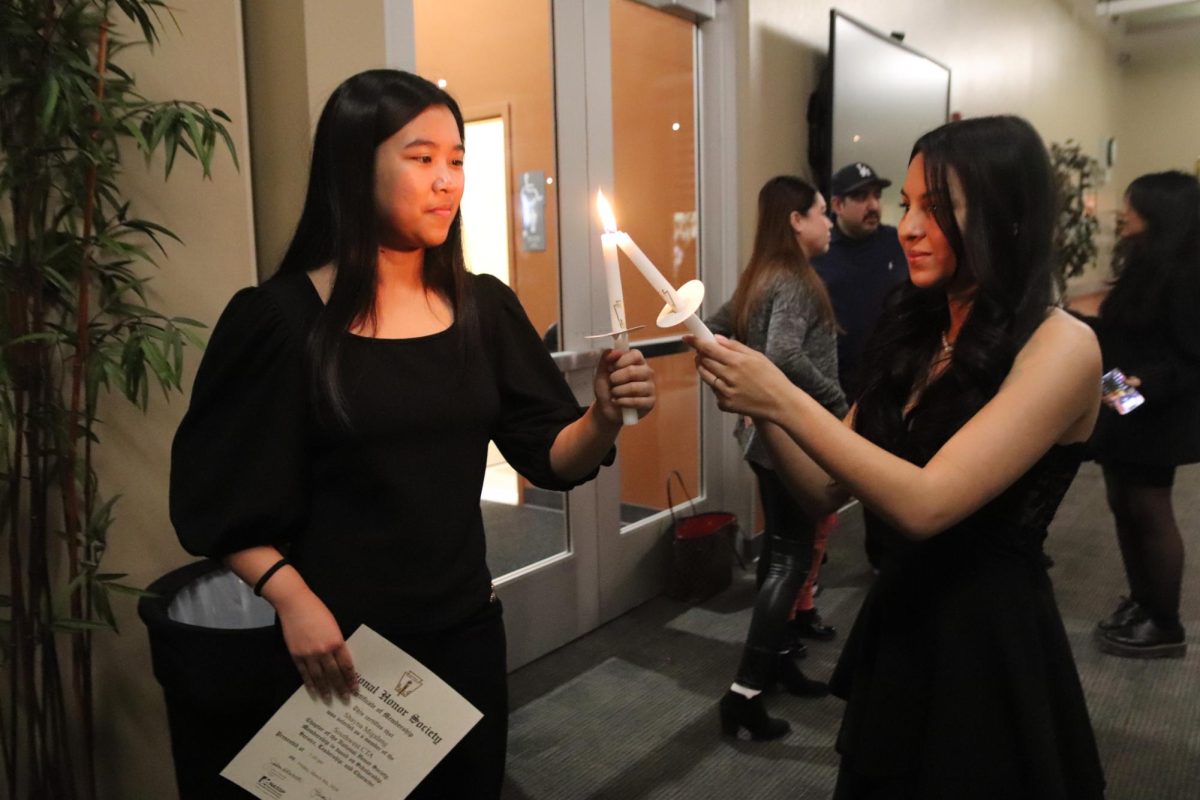Members of the Fashion Institute of Design and Merchandising club learn how to dye fabrics and textiles using natural plant based dyes by Fashion teacher Levi Harbeson.
Students will take plant based fibers such as orange rinds, shredded cabbage, or carrots and cook it so color is extracted into the water. After the water is pigmented with the color, students will soak fabrics until the desired color is achieved.
“I want to teach my members and students industry standard techniques first hand to prepare them for the fashion world in the future,” Harbeson said. “A lot of what I am trying to do this year is doing activities that can be done at home, I want the students to have hands-on experience with industry techniques, and dying is a huge part of the fashion and costume industry.”
The club’s vice president, Gabriella Barber, is excited for this project as she has been doing her own dying projects during quarantine and is curious on how to use food to dye clothing.
“I think I could definitely use this to make a plant based fashion line in the future.” Barber said. “Sustainability in fashion is really important to me. I do think doing this project online will present its challenges, as we won’t be getting face to face instruction and feedback. But I am excited to see the outcome of what I dye and hopefully we can do this again in the future.”
The process of plant dyeing can take up to several hours, so having patience while doing this project will ensure the best results.
“There will be mistakes and that is okay,” Harbeson said. “I let my students make mistakes so they can learn from them. I am almost sure that someone’s dye will not work, and that’s the reality of it, and that is okay. They will see what they did wrong and make sure to fix it. But that’s also the fun of it; some mistakes can have some really cool outcomes in the end.”
Through this process, Harbeson is also teaching sustainability due to the excess amount of waste produced by the fashion industry. Harbeson wants his members to know the different ways students can recycle what they already have and reduce the amount of waste they produce.
“Even though plant based dying isn’t as prominent in the fashion industry, there is a movement on the rise towards using these natural dyes as opposed to store bought dyes because they are nontoxic and are better for the environment,” Harbeson said. “And it also supports the whole reuse and recycle movement happening in the fashion industry as well.”


















![During last year’s Coyote Coachella, performer Aerhann Casupang sings “Freaking Out the Neighborhood” by Mac DeMarco for the crowd. The event allowed him to share his talent with the school community. “I was a little nervous to perform at first,” Casupang said. “After a little I was not really nervous because my friends came to support [me].”](https://southwestshadow.com/wp-content/uploads/2024/04/IMG_2466-1-1200x800.jpg)
